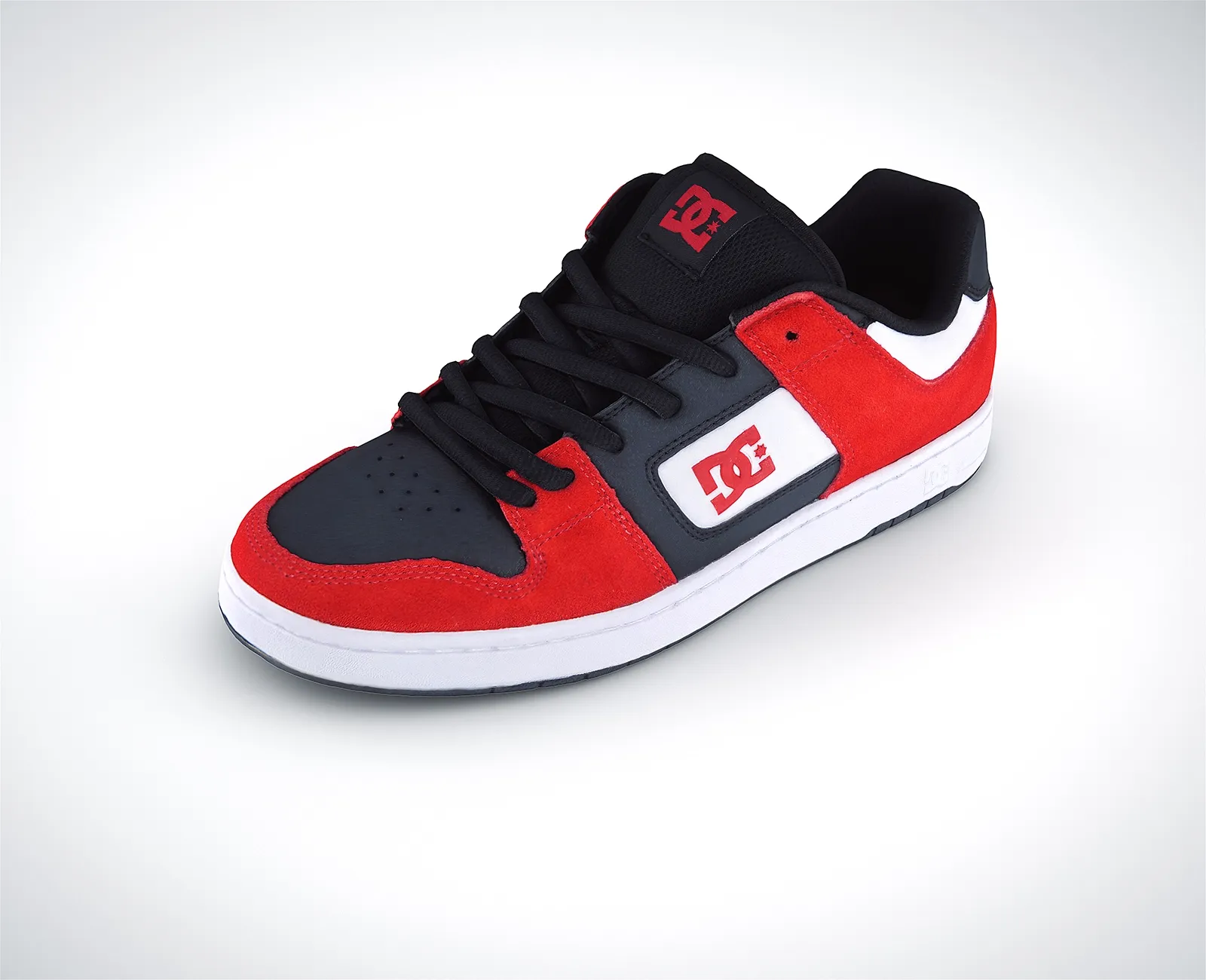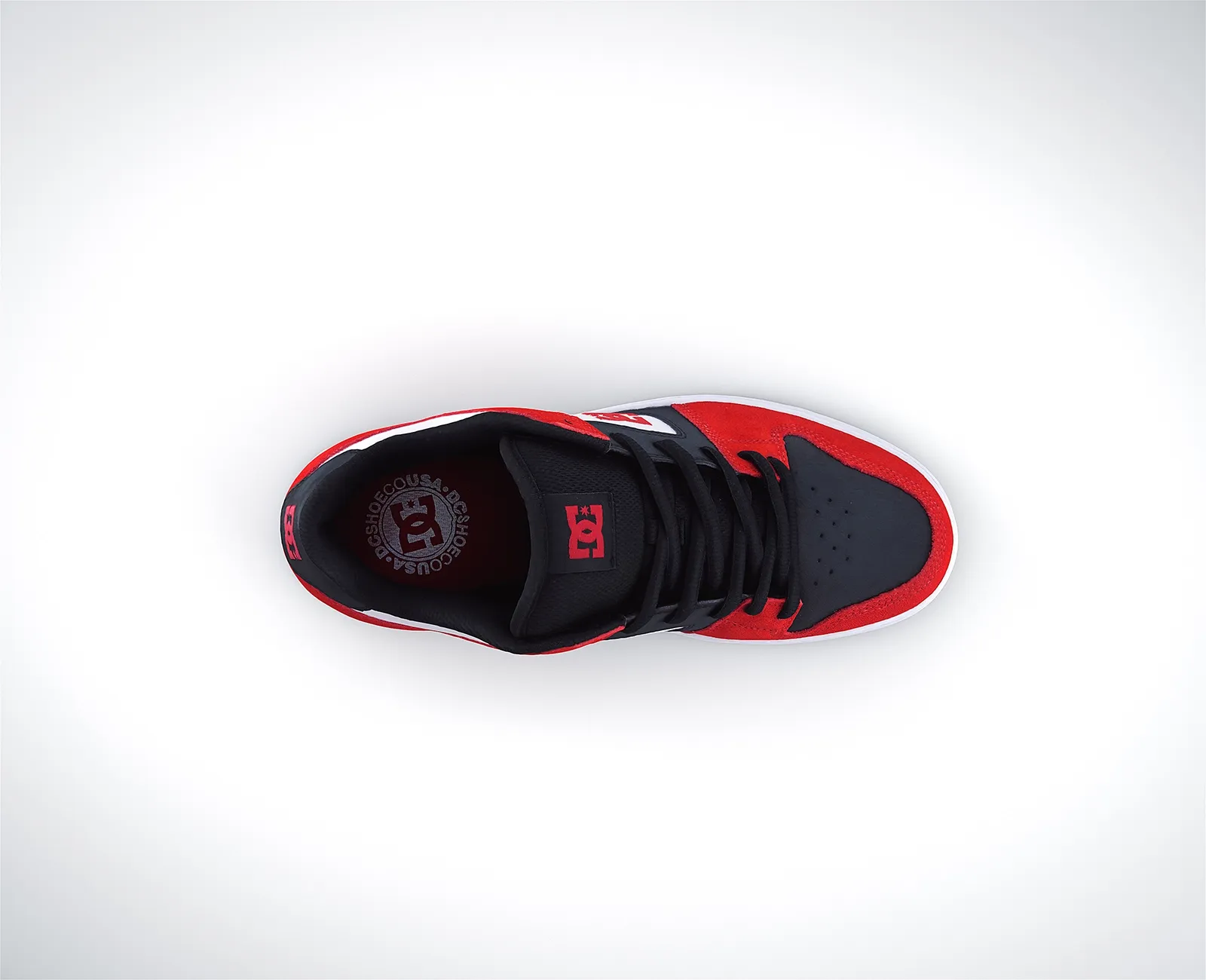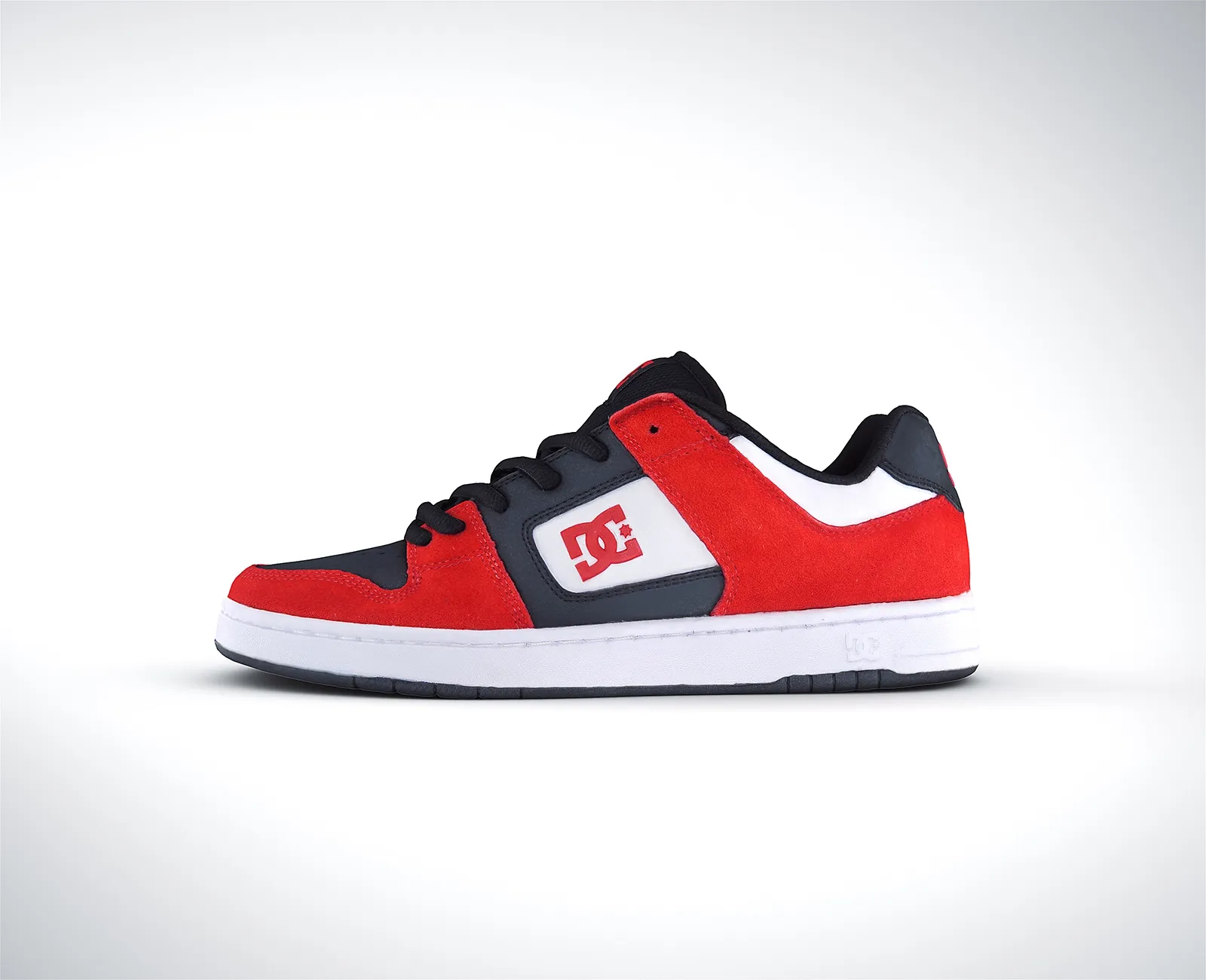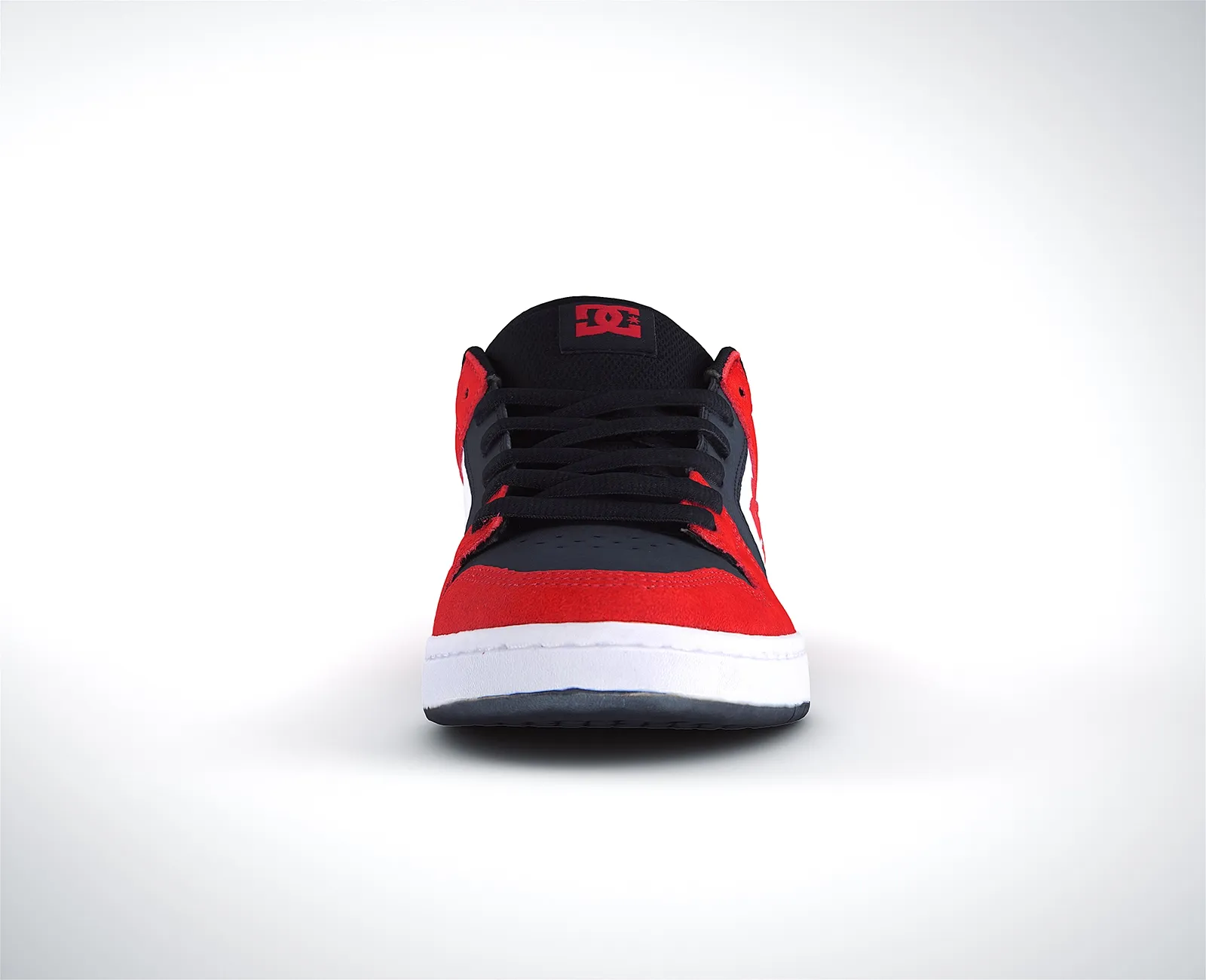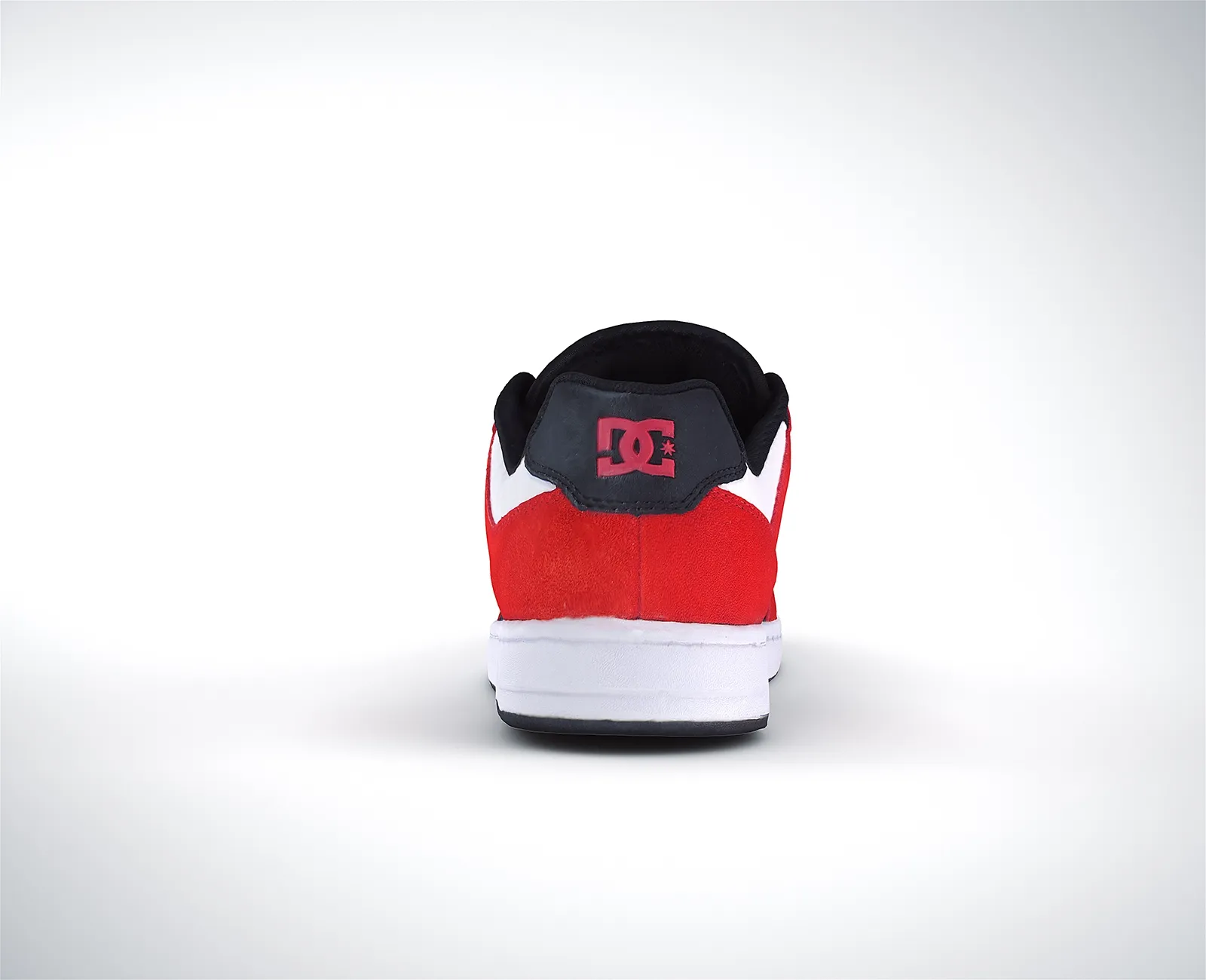Photogrammetry 3D scan of shoes for product catalog
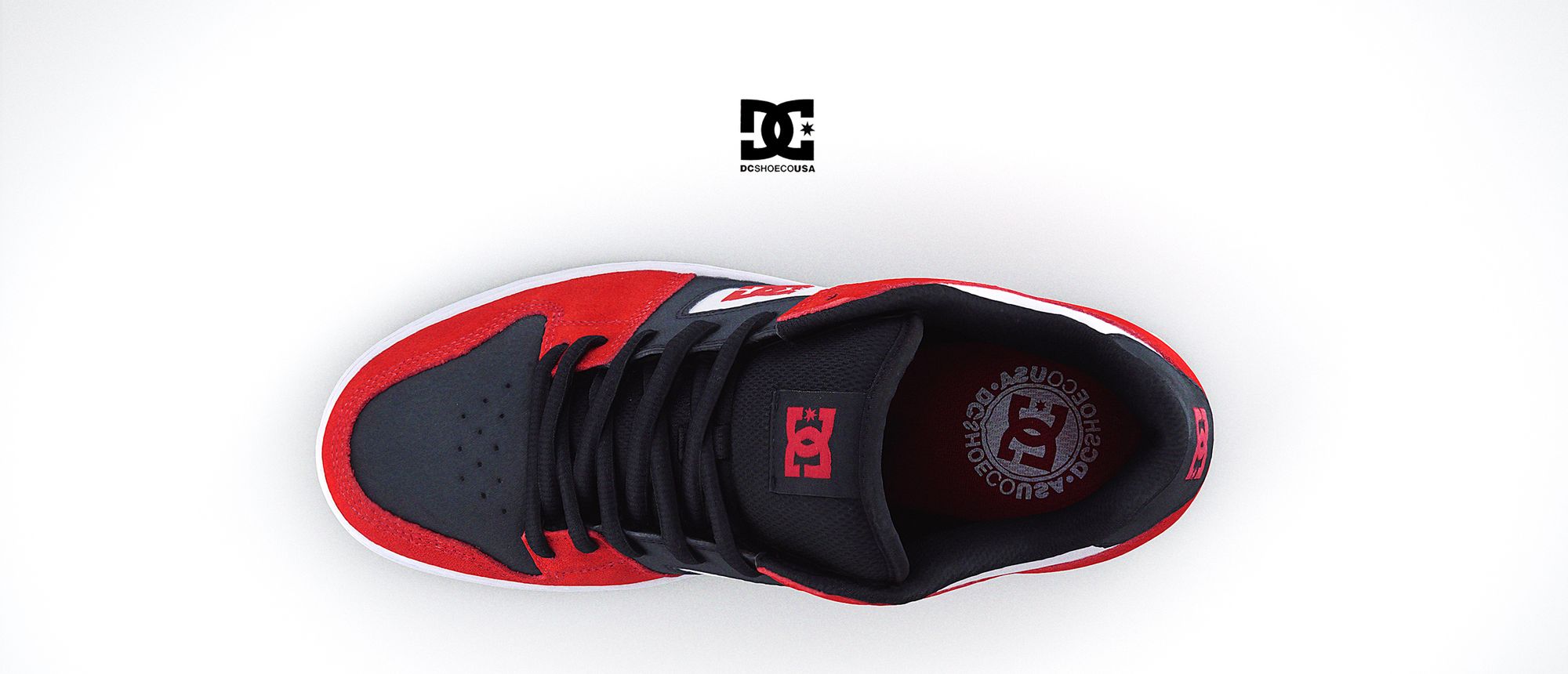
CHALLENGE
In our studio, we believe that good marketing should not annoy anyone. The relationship with the company should be voluntary, transparent, and customer-oriented. The foundation is therefore a quality product or service, in other words something that others benefit from and which is the result of honest work. However, even if you have such a polished product, you still have to face the logistical question: "How do I show it to my customers?". In the case of e-shops, it is now almost an absolute standard to allocate at least part of the companys’s budget for product photography. Unfortunately, even in the case of professional studio photography, the photos do not always turn out as we would like. Despite today's advanced techniques of retouching, lighting, and in some cases even the implementation of AI can create visually interesting results, it may happen that they do not come across authentically enough or that some details, such as proportions, materials, and functionality, are lost because they offer only a view from one angle.
One possible solution is photogrammetry technology, which is capable of precisely scanning a physical object and creating a 3D model from it. It is important to note that this technology is different from 3D modeling, where the object is created from scratch on the computer. Because a photogrammetric scan contains inaccuracies, and texture of the scanned object, it looks more authentic than traditional models. Finished scans can be displayed on e-shop websites, they can be part of product configurators, they can be displayed in augmented reality (AR), and since you already own a 3D model, you can also quickly generate professional photorealistic product videos and photographs from them. Such a model can also be used for so-called try-on or virtual showroom, which is an application in which you can try on clothes, shoes, jewelry, or glasses using the camera of your mobile phone.
Photogrammetry uses the principle that each point in space has a unique coordinate in the image. If we have enough images from different angles, we can use mathematical algorithms to determine the position of each point in space.
Demonstation of quality of our scans.
Practically anything that does not have too glossy a surface can be scanned. From small objects and people to entire buildings. In this case study, however, we will look at the digitization of shoes for the well-known American company selling streetwear - DC Shoes, which asked us for help with creation of digital twins.
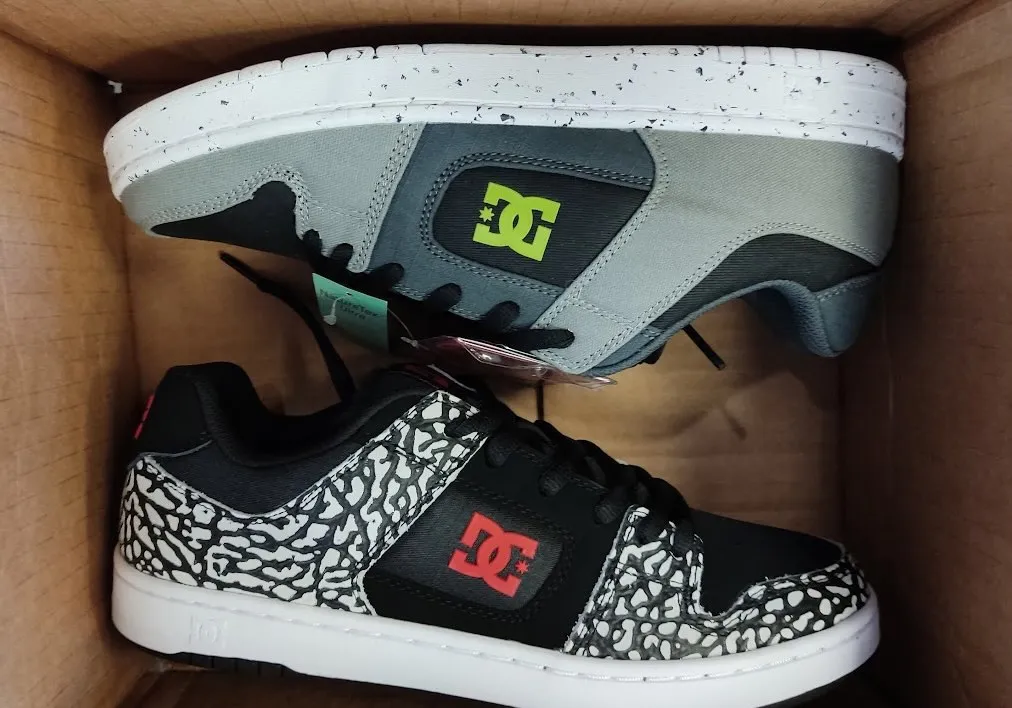
SOLUTION
Every high-volume production in our studio begins with careful research and documentation of the entire production process. Each object requires a slightly different approach based on size and material. In order to reduce errors, costs, and time investment. It was necessary to come up with the most efficient process procedure so that we could repeat it quickly and cheaply for high production rate. Thanks to modern compression, we were able to produce models with a final size of less than 3MB in the following formats: USDZ, GLB, FBX, OBJ, 3Ds, etc., which is approximately one-quarter to one-half the size of a photo taken with an iPhone 15. Thanks to this efficient compression, it is possible to host these files at a competitive price. You can view the resulting scan here in the Google Model Viewer environment, which can be embedded for free on any website.
